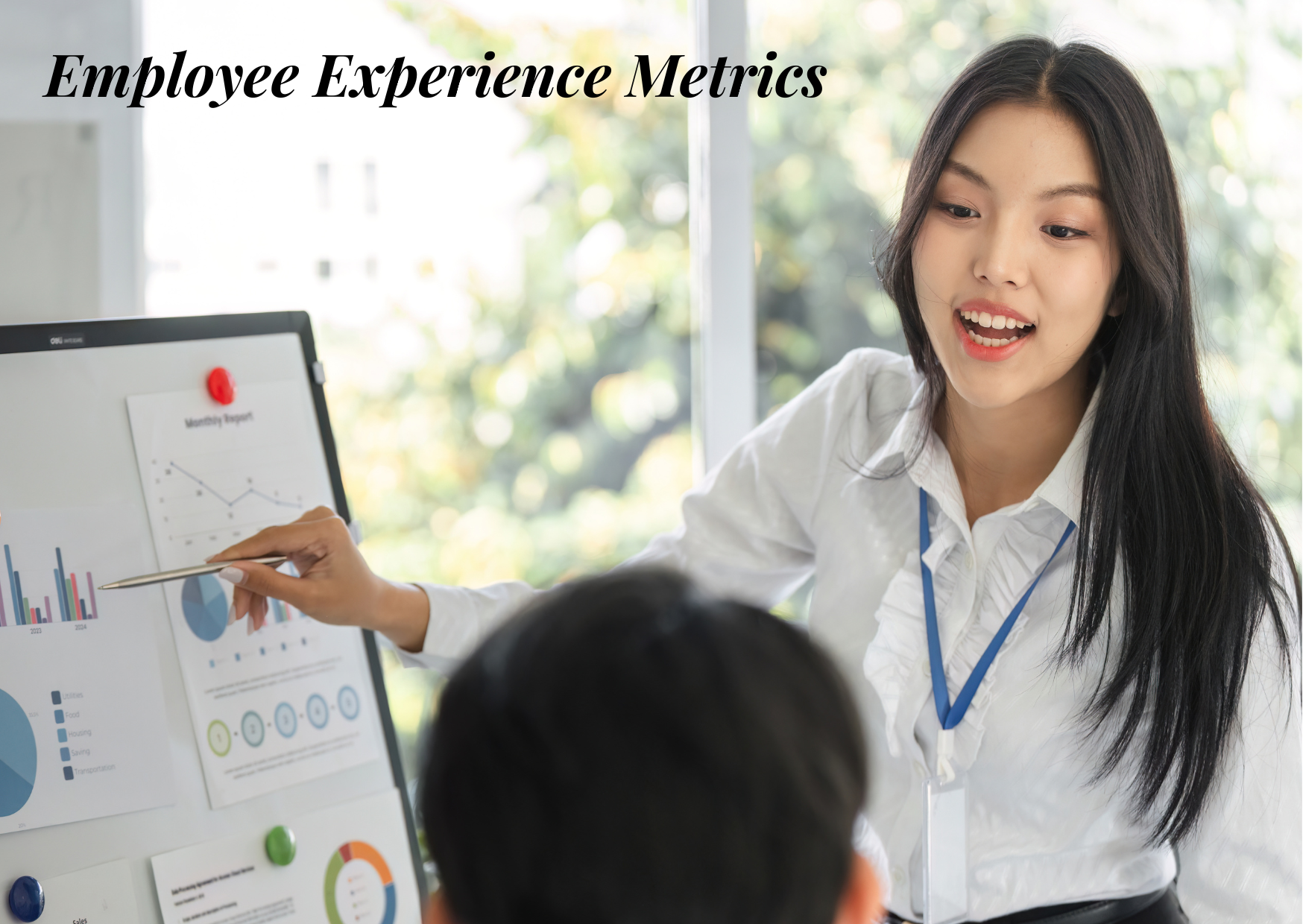Mind the Gap
2025-07-05
Why Journey Metrics Are the Future of Employee Experience
"What gets measured gets managed. But what gets connected creates impact."
We live in a world saturated with data. Engagement surveys, feedback forms, recognition logs, productivity dashboards- HR teams are not short on inputs. But here’s the real question:
Are we connecting these dots to truly understand the employee experience?
For many organizations, the answer is no.
While leaders focus on isolated touchpoints - like onboarding scores or annual eNPS - what truly defines an employee’s relationship with your organization is the journey they go through. And in this journey, disjointed metrics often fail to capture the emotional undercurrents that influence morale, performance, and retenti
What Are Journey Metrics?
Journey metrics take a broader, more human-centered lens. Rather than measuring in silos (survey scores after onboarding, or mood ratings after a project), they track how experiences unfold across time, transitions, and interactions.
Imagine measuring:
- The sentiment trajectory of a new hire from offer acceptance to 90 days post-onboarding
- The frequency and nature of peer recognition during a performance improvement plan
- The mood patterns of an employee from the first pulse survey to exit feedback
This is the employee journey - not as isolated incidents but as a living, evolving experience.
Why Experience Gaps Happen
Experience gaps are the disconnects between what an organization thinks it’s delivering and what the employee actually feels. These gaps widen when we focus only on touchpoints instead of transitions.
📉 Onboarding feels great - but by week six, there’s radio silence. 📉 Peer recognition thrives early on - but dries up once targets get tighter. 📉 Managers give feedback - but never follow up on how it was received.
These are not failures of intent - they’re failures of continuity. And they leave employees feeling undervalued, unheard, and eventually, unengaged.
Journey Mapping + Real-Time Feedback = Impact
To close the experience gap, organizations need to:
🔄 1. Map Employee Journeys Holistically
Start with key moments: onboarding, role changes, performance reviews, conflict resolution, exit interviews. Understand what emotions, processes, and interactions shape each phase.
📊 2. Layer Feedback with Context
Collect not just what employees say - but when and in what context they say it. A 4-star onboarding rating might mean different things if the same employee shows mood dips in week 5.
🚨 3. Spot Breakdowns in Real Time
Using tools like Tap My Back’s mood meter and continuous feedback, leaders can identify when an experience is derailing - before it leads to disengagement or turnover.
📈 4. Prioritize What Moves the Needle
Not all touchpoints are created equal. Fixing one broken journey - like making the performance feedback process more two-way - could drive greater retention than launching another company-wide initiative.
Case in Point: Turning Onboarding into a Journey
Let’s say you’ve got a solid onboarding process. Good content, timely communication, a decent NPS.
But when you dig deeper, you find:
- Mood scores dip drastically around week 3
- Recognition from peers is almost non-existent until week 8
- First 1:1 feedback only happens at the end of the probation period
Despite the solid "start," the journey is broken.
With journey metrics and Tap My Back:
- Managers are prompted to check in at regular intervals
- Peers are nudged to give welcome recognitions
- Feedback loops start in week 1, not month 3
- Data from mood pulses, recognitions, and feedback are stitched together to give a clear picture of how new hires feel over time
This isn’t just better data - it’s a better experience. And better experiences lead to longer tenures, stronger teams, and a thriving culture.
The Future Is Journey-Centric
In the age of AI, automation, and analytics, we don’t need to settle for fragmented data. We can create living maps of employee experience that evolve in real-time - and act on them proactively.
With tools like Tap My Back, it’s possible to:
- Automate check-ins based on milestones
- Use AI to spot sentiment drops or recognition droughts
- Give leaders personalized insights about where to step in
- Create a culture where feedback is not an annual ritual, but a daily rhythm
"A great experience is not made in a moment. It’s made in the moments between."
Let’s stop obsessing over scores and start listening to journeys. Because when you understand the path, you can shape the destination.
✨ Ready to close your experience gaps?
Let Tap My Back help you map, measure, and improve every step of the employee journey - from Day 1 to Day 1,000.
📩 Book a free demo or start your 30-day trial (no credit card required) 🔁 Let’s build experiences that matter - together.
See More Posts
Employee Engagement Trends 2026: What to Watch | Tap My Back
In 2026, organizations must move beyond annual surveys and fragmented tools toward continuous listening, real-time recognition, and integrated engagement platforms like Tap My Back that enable timely action and stronger workplace connection.
Platform
Features
Tap My Back @2025. All rights reserved.




